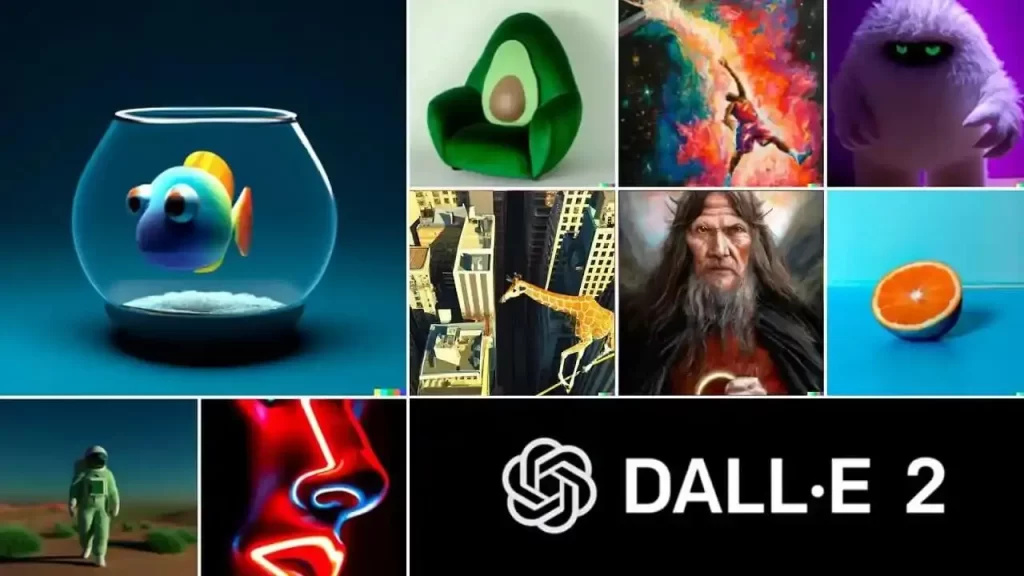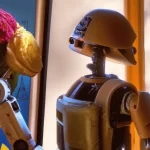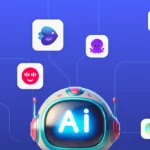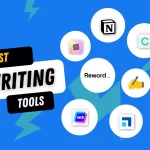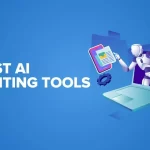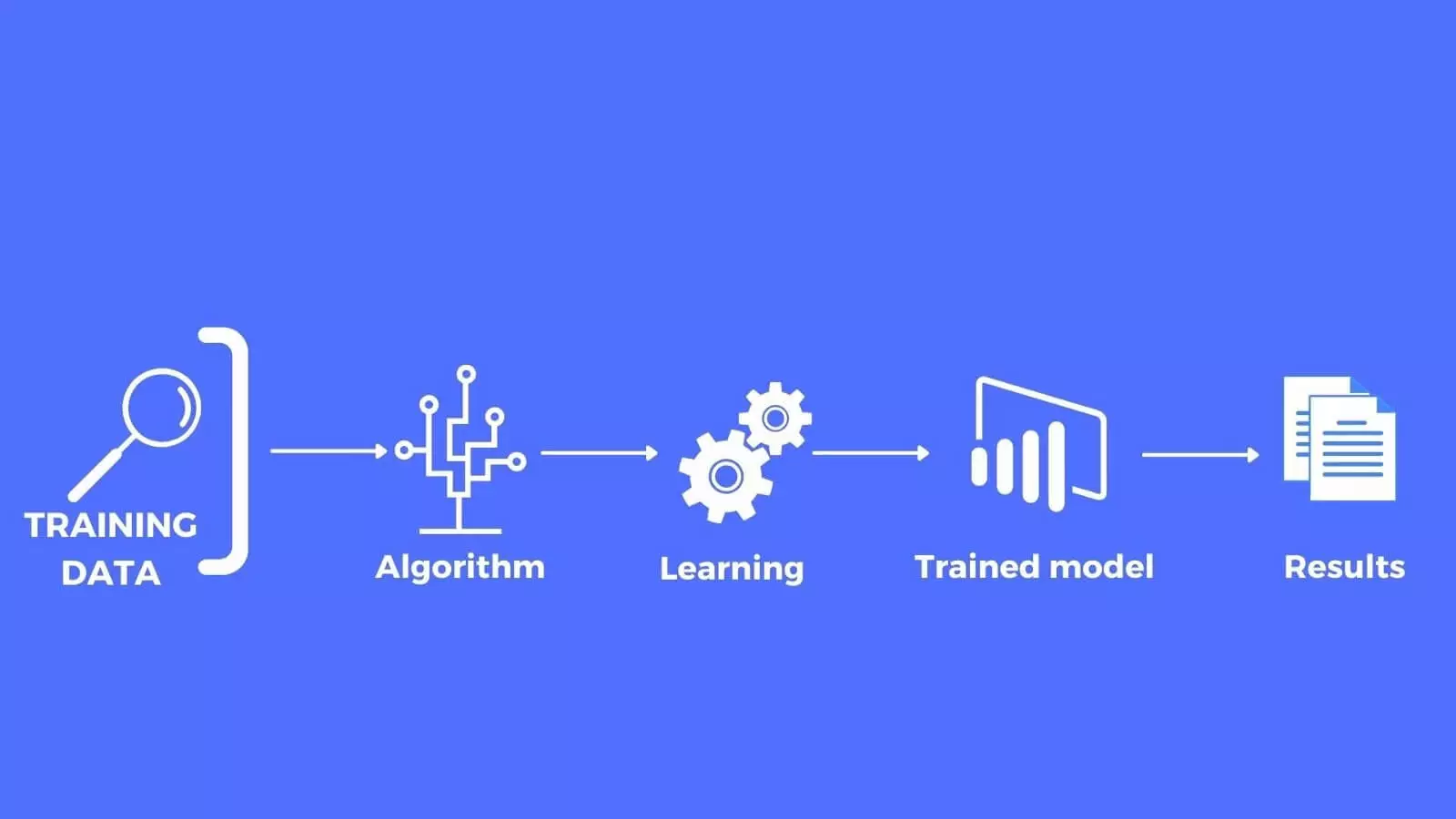The Features of DALL-E 2 for Image Creation
DALL-E 2 is an AI image creator developed by OpenAI that has revolutionized the way images are generated using natural language prompts. DALL-E 2 has several powerful features that make it a unique and versatile tool for image creation. In this blog post, you will know about the top features of Dall-E 2. So keep reading.
Content
Custom Image Generation
DALL-E 2 excels at custom image generation. With a simple text prompt, it can quickly generate original images tailored to specific needs. This saves immense time for designers, artists and other creatives compared to creating images from scratch. DALL-E 2’s custom image generation capabilities allow unleashing one’s creativity in new and innovative ways.
Text-to-Image Translation
When it comes to the features of DALL-E 2, the ability to translate text into realistic photorealistic images really stands out as the most impressive. It can understand complex descriptions and semantic relationships to generate images that accurately portray the details in the prompt. This text-to-image translation opens up new possibilities for visual storytelling and communication.
Enhanced Image Quality and Realism
With 4x greater resolution and more advanced neural networks compared to DALL-E, images created by DALL-E 2 have unprecedented clarity, sharpness and visual fidelity. They look impressively natural and realistic, helping creators easily suspend the viewer’s disbelief. The enhanced image quality also makes DALL-E 2 images suitable for various commercial applications.
Editing and Retouching
DALL-E 2’s inpainting capabilities allow non-destructive editing of existing images. Users can make realistic edits, additions or removals to images while maintaining coherent textures, lighting and shadows. This supercharges image editing workflows. DALL-E 2 can also interpolate between images, transitioning seamlessly through a range of variations.
Artistic Style
DALL-E 2 goes beyond photorealism – it can apply diverse artistic styles to generated images. Users have the freedom to explore different aesthetics and mediums. This expands creative possibilities for digital art, design, entertainment and more.
Expansive New Compositions
With DALL-E 2, images are not constrained by the boundaries of the original prompt. It can intelligently expand the canvas and add new related elements to create expansive, imaginative compositions beyond what the user envisioned. This helps unlock fresh perspectives.
Realistic Edits to Existing Images
A unique DALL-E 2 feature is the ability to edit existing images through natural language. It understands the context, and can realistically add, remove or modify elements in photos while maintaining coherence. This has applications in areas like product design, interior decor, and historical/scientific reconstruction.
How DALL-E 2 Can Be Used?
DALL-E 2 has diverse use cases across industries. In the e-commerce sector, it can generate realistic product images without owning the physical items. This allows online stores to showcase vast catalogs. In marketing, DALL-E 2 aids concept visualization and ad design. Creatives leverage it for art, design, visual storytelling and more. Scientists use it for data exploration and hypothesis generation too. Overall, DALL-E 2 has the potential to revolutionize how we create and consume visual content online, as covered in the last paragraph with the focus keyword.
In conclusion, DALL-E 2 is an AI-powered tool that can generate high-quality images from text in many innovative ways. It is unleashing new levels of creativity for professionals and hobbyists alike across industries. For the latest AI chat prompts, check out bestpromptaihub.com. DALL-E 2 is pushing the boundaries of what’s possible with AI-assisted image creation.
FAQs
Is DALL-E 2 free to use?
No, DALL-E 2 is currently in closed beta and access requires an invitation. OpenAI plans to make a version publicly available in the future.
Can DALL-E 2 generate any type of image?
While very versatile, DALL-E 2 still has limitations. It works best with everyday objects and scenes, and may struggle with specialized medical, scientific or technical imagery. The quality also depends on the prompt specificity and complexity.
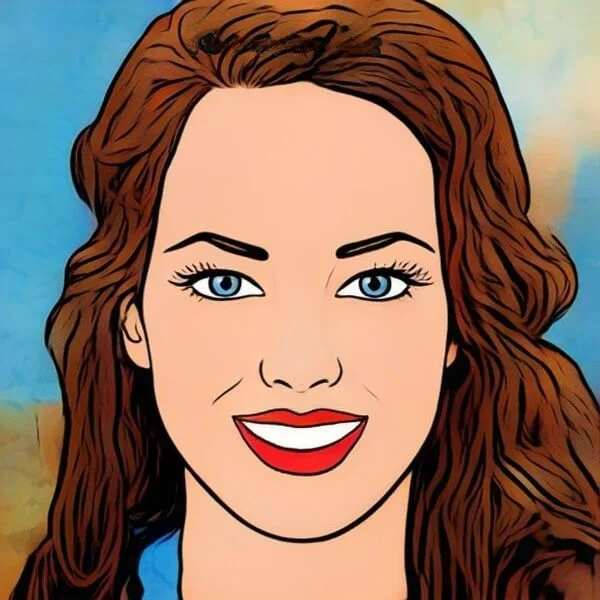
I’m Kelly Hood! I blog about tech, how to use it, and what you should know. I love spending time with my family and sharing stories of the day with them.

